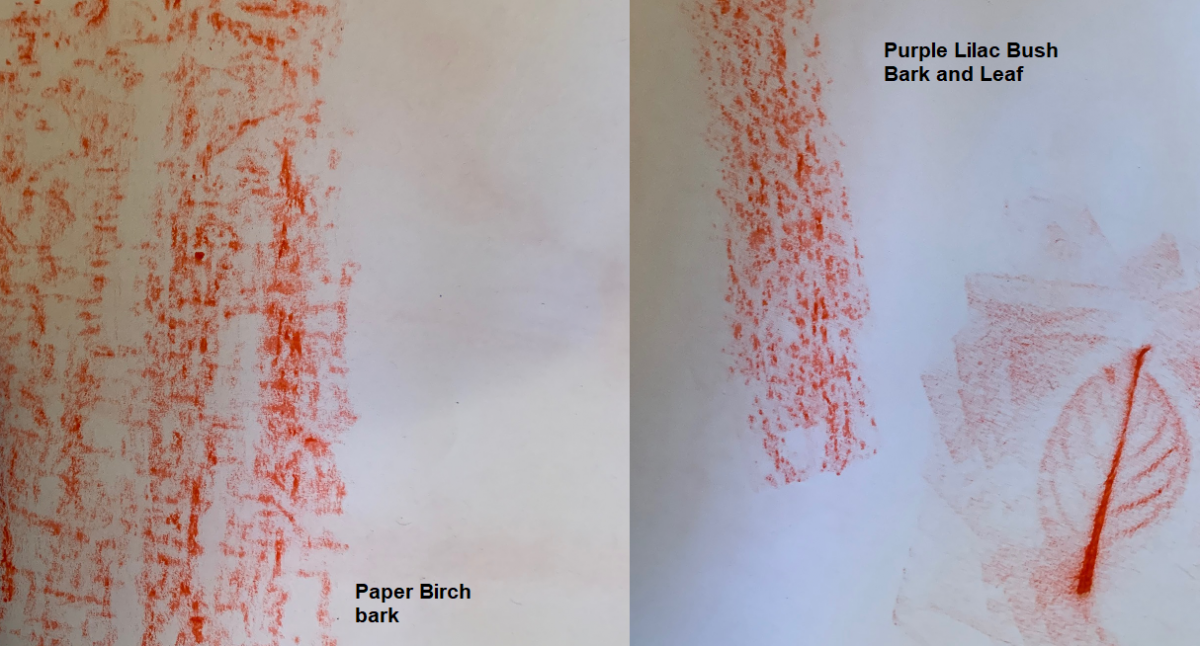SHARE
Have you taken time to notice all the beautiful trees and shrubs in New Hampshire? Do you know the state tree or the state flower? (See the example below for the answers!) What is your favorite tree or shrub? Take a walk outside and look at all the different trees in your yard or neighborhood or on a nature walk. Take a guide book with you or use a phone app or the internet to help you identify all the trees you see. Bark and leaf rubbings are a great way to keep track of all the trees and shrubs you observe.
What have you found? Share a photo of your bark or leaf rubbing in the NH 4-H Community Group on Facebook!
Materials
- Plain white paper
- Clipboard, hardcover book, or other hard surface
- Crayons with the wrappers removed. If you have a lumber marking crayone, they work very well and last a long time.
How To Do It
- Place your paper flat against the bark of the tree in an area with no branches. Bigger trees are easier to get rubbings.
- Rub the side of the crayon against the paper until the pattern of the bark is visible on the paper. Make sure to keep the crayon flat against the paper.
- If you can, take a leaf (or needles, which are the leaves of evergreen trees) from the tree. (Make sure you have permission first!) Put the leaf against a hard, smooth surface (your clipboard), put the paper over it, and on a blank spot in the paper, rub over the leaf with the side of your crayon. You will see a leaf print appear. Try to do this on the same paper with your bark print, so you have the bark and leaf print of the same tree.
- Record the name of the tree or shrub on your paper.
- Start a notebook to keep track of your nature observations.
Example
Here is an example of Paper Birch (our state tree) and Purple Lilac (our state flower) bark and leaf rubbings:

Contact
4-H Animal Science Specialist, Emeritus
Emeritus
Email: Andrea.Sawyer@unh.edu
Phone: (603) 352-4550
Office: Durham, NH 03824

